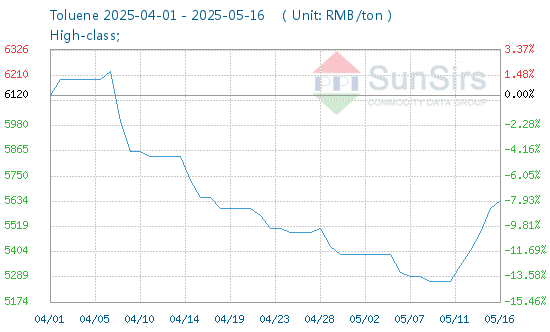
Methyl acetate, also known as acetic acid methyl ester, is a clear, colorless liquid with a fruity odor. It is commonly used as a solvent in a variety of applications due to its low toxicity and pleasant smell. In this article, we will explore the chemical structure, physical and chemical properties, production process, applications, safety considerations, environmental impact, synthesis reactions, sustainability and environmental characteristics, market trends, and future developments of methyl acetate.
The chemical structure of methyl acetate consists of a methyl group (-CH3) attached to the carbonyl carbon of an acetate group (-COOCH3). The molecular formula of methyl acetate is C3H6O2.
Methyl acetate is a volatile, flammable liquid with a boiling point of 57°C and a melting point of -98°C. It has a density of 0.932 g/cm3 and is miscible with common organic solvents such as ethanol and acetone. Methyl acetate has a vapor pressure of 330 mmHg at 20°C and a flash point of -9°C.
Methyl acetate undergoes typical ester reactions, such as hydrolysis in the presence of acids or bases to form acetic acid and methanol. It can also undergo transesterification reactions with other esters or alcohols. Additionally, it can participate in acylation reactions to form new esters or undergo nucleophilic substitution reactions at the carbonyl carbon.
Methyl acetate is primarily produced through the esterification of methanol with acetic acid in the presence of an acid catalyst such as sulfuric acid or hydrochloric acid. The reaction is reversible, and the removal of the formed water drives the equilibrium towards the formation of methyl acetate. The process typically involves distillation to separate and purify the methyl acetate product.
Methyl acetate is widely used as a solvent in various industries, including coatings, adhesives, paints, and inks. It is also employed as a cleaning agent for electronics and precision parts due to its fast evaporation rate and low toxicity. Additionally, it serves as a chemical intermediate in the production of flavors, fragrances, and pharmaceuticals.
When handling methyl acetate, it is important to use appropriate personal protective equipment, including gloves and goggles, due to its flammability and potential irritant effects on the skin and eyes. Adequate ventilation should be maintained to prevent the buildup of vapors in enclosed spaces.
Methyl acetate exhibits low toxicity to aquatic organisms and readily biodegrades in soil and water. However, its high volatility contributes to atmospheric pollution, and it is considered a volatile organic compound (VOC). Efforts should be made to minimize emissions and utilize proper waste management practices.
The synthesis of methyl acetate involves the esterification reaction between methanol and acetic acid:
CH3OH + CH3COOH → CH3COOCH3 + H2O
This reaction is catalyzed by an acid, such as sulfuric acid or hydrochloric acid, and occurs at elevated temperatures to drive the equilibrium towards the formation of methyl acetate.
Methyl acetate offers potential sustainability benefits as a replacement for traditional solvents with higher environmental impact. It possesses low toxicity and can be derived from renewable resources such as biomass-derived acetic acid or methanol from sustainable sources.
The market for methyl acetate is expected to grow steadily due to increasing demand for environmentally friendly solvents in various industries. Research and development efforts are focused on improving production efficiency, exploring alternative feedstocks, and expanding its applications in emerging fields such as green chemistry and bio-based materials.
In conclusion, methyl acetate is a versatile solvent with favorable physical and chemical properties, making it suitable for diverse industrial applications. Its low toxicity and potential for sustainable production contribute to its appeal as an environmentally friendly solvent. As demand for eco-friendly solutions continues to rise, methyl acetate is poised to play a significant role in meeting these needs while minimizing environmental impact. Efforts towards continuous improvement in production processes and expanding its application spectrum will further enhance its relevance in the market.









